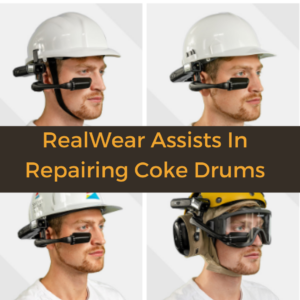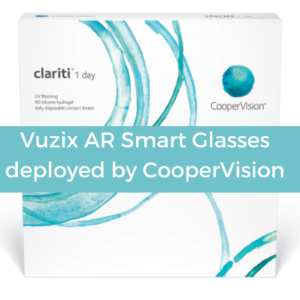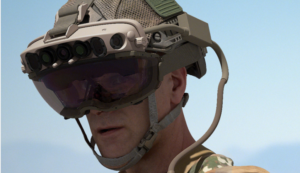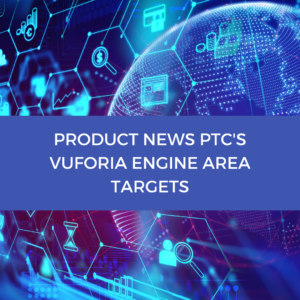Booz Allen Hamilton and Taqtile Partner on 5G-Powered AR Deployment
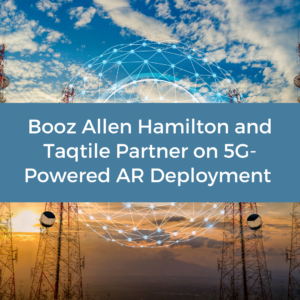
The JBLM deployment is part of a $600 million investment by the Department of Defense (DOD) to test 5G at five U.S. military sites. According to a recent DOD press release, this represents “the largest full-scale 5G test for dual-use applications in the world.” Planned projects include implementing 5G-enabled augmented reality/virtual reality platforms for equipment maintenance and repairs, mission planning and training, and use in smart warehouses.
“The JBLM project is an innovative collaboration between 5G providers and AR category leaders like Taqtile,” stated Chris Christou, Vice President at Booz Allen Hamilton. “We expect this project to set a new standard for deploying advanced wireless applications on military installations.”
“We will break new ground through our work with Booz Allen Hamilton, demonstrating the advanced capabilities and tangible benefits of 5G and the Manifest AR platform on a military base,” said Dirck Schou, CEO, Taqtile. “The ability to use Manifest and 5G to put knowledge at the fingertips of frontline military personnel will make them exponentially more efficient and effective at their tasks.”
Manifest can serve as a digital repository for maintenance and repair information, including video and audio “notes,” and related documents. Equipment-specific repair information can be seamlessly transferred between personnel, reducing delays and the risk of human error. Manifest can also automatically upload all saved documents to a centralized maintenance queue for quick access to accurate materials.
This project further deepens a strategic partnership between Taqtile and Booz Allen Hamilton in terms of driving XR capabilities into DoD. “Booz Allen is committed to remaining on the edge, integrating and deploying advanced capabilities for the warfighter,” stated Eric Billies, Booz Allen’s Principal guiding business in the Pacific Northwest that includes delivering immersive solutions for multiple defense clients. “That is why partnering with companies like Taqtile is so valuable – combining applications like Manifest with other technologies including 5G, AI/ML and cybersecurity helps our clients realize the power of XR for mission execution.”
Participation in the JBLM 5G initiative is the latest endeavor Taqtile has been contracted to implement with the U.S. military. The company has been awarded a U.S. Army Small Business Innovation Research (SBIR) Phase 1 contract, providing the opportunity for the Army to evaluate Taqtile’s Manifest AR platform in use by motor-pool personnel. Taqtile also recently supported a study with the Air Force Institute of Technology (AFIT) measuring the impact of its AR platform on technician performance. Among the confirmed benefits was a 53-percent reduction in errors and discrepancies by technicians using the Manifest platform.

